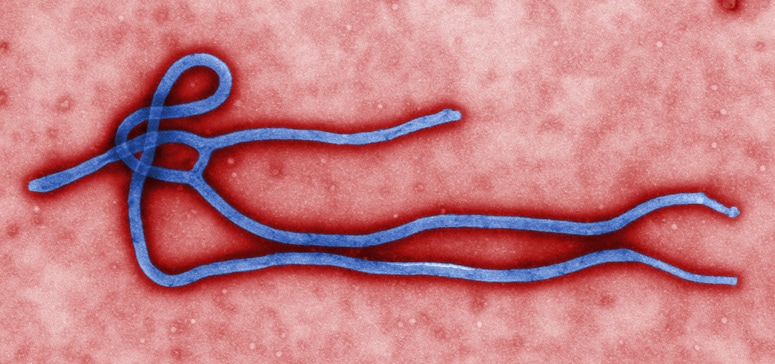Are you looking for a healthy, natural cranberry
salad for Thanksgiving? If so - you can make your own - with this easy recipe
I created.
1 package of fresh cranberries
1 cup of water
1/4 cup of sugar
1/3 cup of finely chopped walnuts
1/3 cup of finely chopped celery (approximately 1-2 small stalks)
 |
| Public Domain Photo Courtesy of: CCO (Creative Commons Public Domain) |
Directions:
Rinse and drain cranberries. Combine cranberries, water and sugar,
place in a 3 quart pan and cook for 5 minutes on a medium heat, stirring occasionally
during this time while the cranberries pop. Remove cranberry mixture from heat,
place in a serving dish. Add chopped walnuts and celery. Mix well.
Cover then chill for at least 4 hours.
This healthier version of cranberry
salad is nutritious – containing antioxidants and omega 3’s. And it’s lower in
sugar than most recipes too.
Consider making cranberries a part of your regular diet throughout
the year.





